In the aftermath of World War II, Europe faced a myriad of economic and social challenges that shaped its automotive industry. Among the most intriguing phenomena was the rise of bubble cars, small and affordable vehicles that captured the imagination and needs of a continent in recovery. This exploration delves into the factors that led to the popularity of bubble cars in postwar Europe.
Economic Conditions and Scarcity
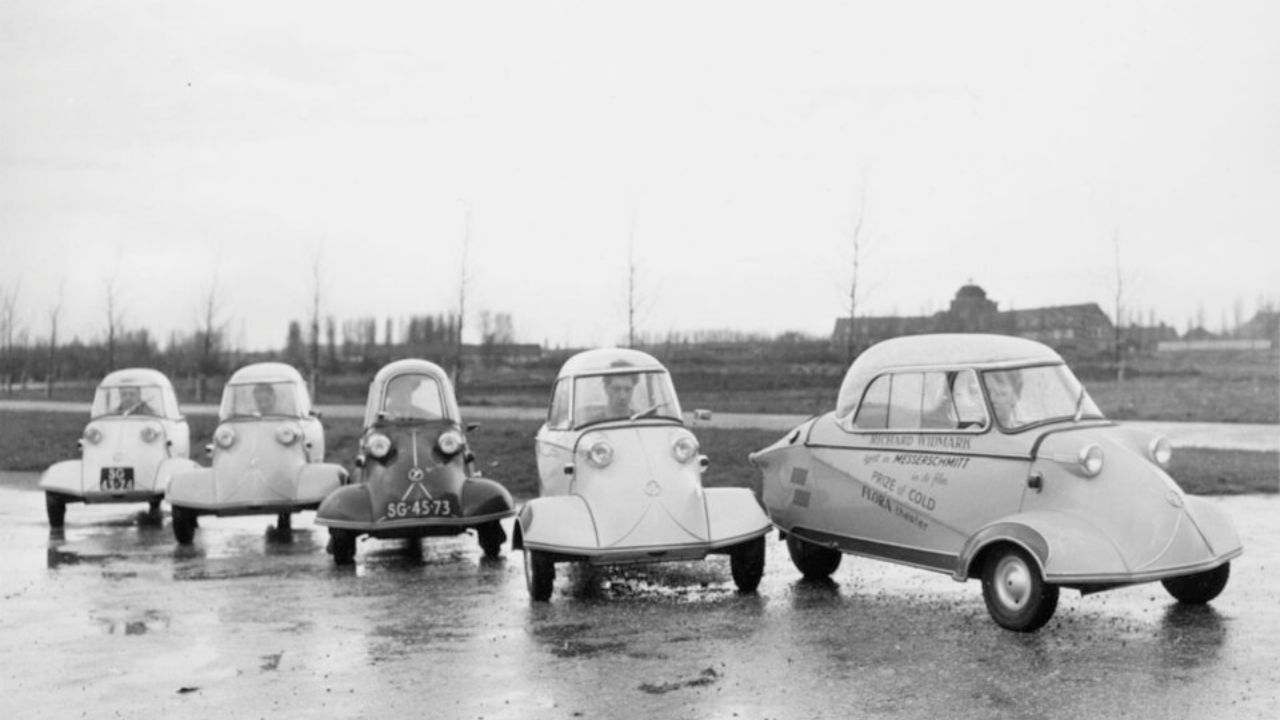
The postwar period in Europe was marked by economic hardship and resource scarcity, which significantly influenced consumer behavior and industrial production. Many European nations were struggling to rebuild their economies after the devastation of World War II. This created a demand for affordable and efficient transportation solutions. Bubble cars, with their low manufacturing costs and minimal fuel consumption, emerged as an ideal option for a financially constrained populace.
Fuel shortages were a notable challenge during this time. The war had disrupted oil supplies, making fuel a precious commodity. Smaller vehicles, such as bubble cars, were more fuel-efficient than traditional automobiles, appealing to both consumers looking to save money and governments seeking to reduce fuel consumption. As a result, bubble cars became a practical choice for many European families looking to balance mobility with economic constraints.
Reconstruction priorities also played a role in the rise of bubble cars. With a focus on rebuilding infrastructure and urban areas, compact vehicles became more practical for navigating the narrow streets and limited parking spaces of postwar cities. Their size allowed them to easily maneuver through crowded urban environments, making them a logical choice for city dwellers and contributing to their growing popularity.
Technological Innovations
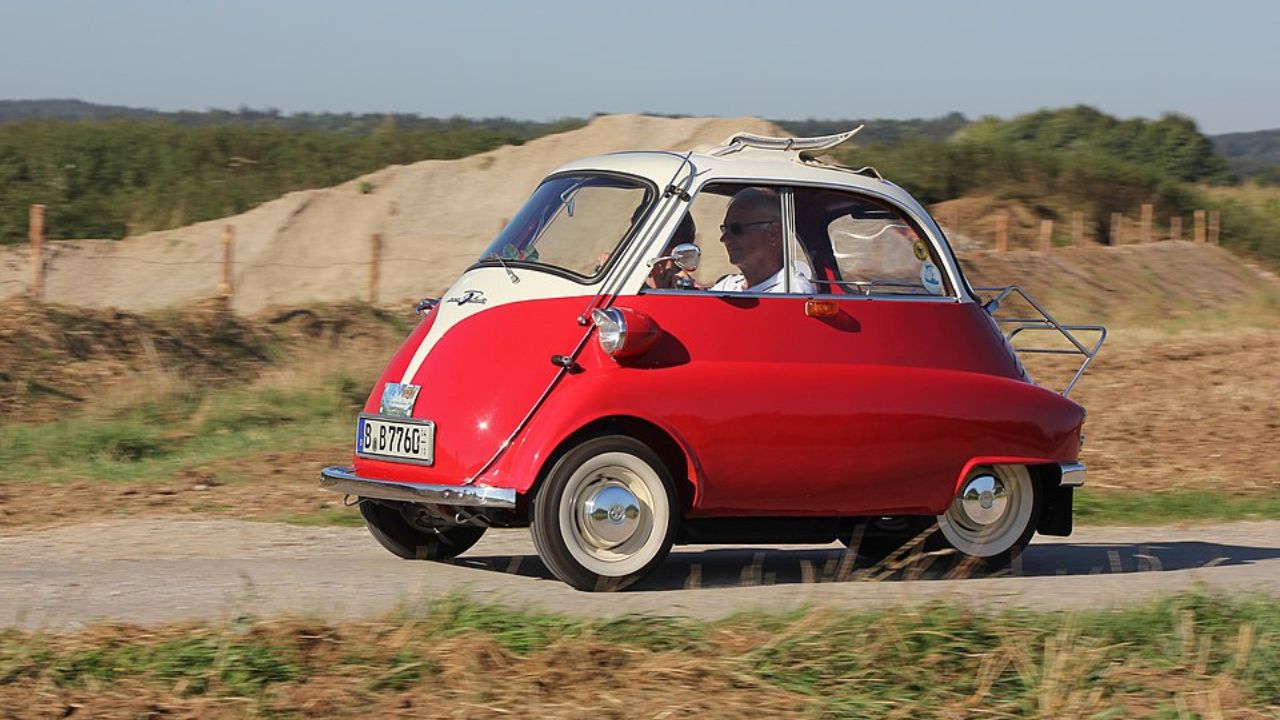
The simplicity and efficiency of bubble cars were a product of the era’s technological innovations. Many manufacturers adopted a minimalist approach to design, resulting in vehicles that were easy and inexpensive to produce. A prime example is the BMW Isetta, which featured a unique front-opening door and a small engine, making it both cost-effective and easy to maintain.
During the war, significant advancements in materials and technologies were made, particularly in the aviation industry. Some of these innovations were adapted for use in bubble cars. For example, lightweight frames and materials developed for military aircraft found new applications in these small vehicles. This use of advanced materials contributed to the bubble cars’ durability and efficiency, making them an attractive option for consumers.
Engineering creativity flourished in the resource-constrained postwar environment. Manufacturers were forced to think outside the box to develop vehicles that could meet the needs of a recovering Europe. The Messerschmitt KR200, for instance, was designed by a former aircraft engineer and featured a unique three-wheel configuration and a distinctive bubble canopy. Such innovative designs not only captured the public’s imagination but also demonstrated the potential for creativity in the face of adversity.
Social and Cultural Shifts
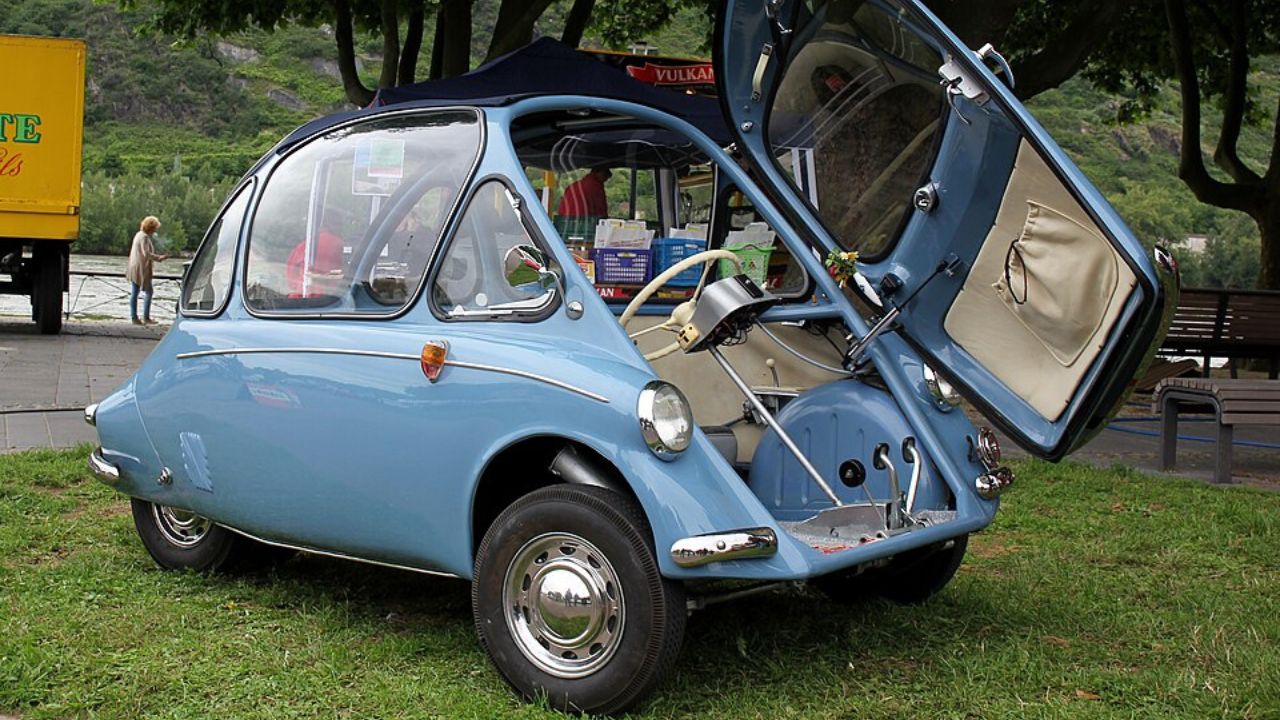
The transition from a wartime economy to peacetime brought about significant social and cultural shifts that influenced the automotive landscape. There was a growing desire for personal vehicle ownership, which was seen as a symbol of freedom and progress. Bubble cars offered an affordable entry point into car ownership for many families, fulfilling this newfound desire for mobility and independence.
Urbanization was another driving factor in the popularity of bubble cars. As cities expanded, there was an increased demand for vehicles that could easily navigate the narrow streets and limited parking spaces typical of European cities. Bubble cars, with their compact size and agility, were perfectly suited to meet these urban needs, further solidifying their place in postwar society.
Cultural appeal also played a significant role in the rise of bubble cars. They became symbols of modernity and optimism in postwar Europe, reflecting the continent’s desire to move forward and embrace a new era. The iconic design and unique features of vehicles like the Heinkel Kabine and the Goggomobil captured the public’s imagination, making them a popular choice among consumers looking to embrace the future.
Government Policies and Incentives
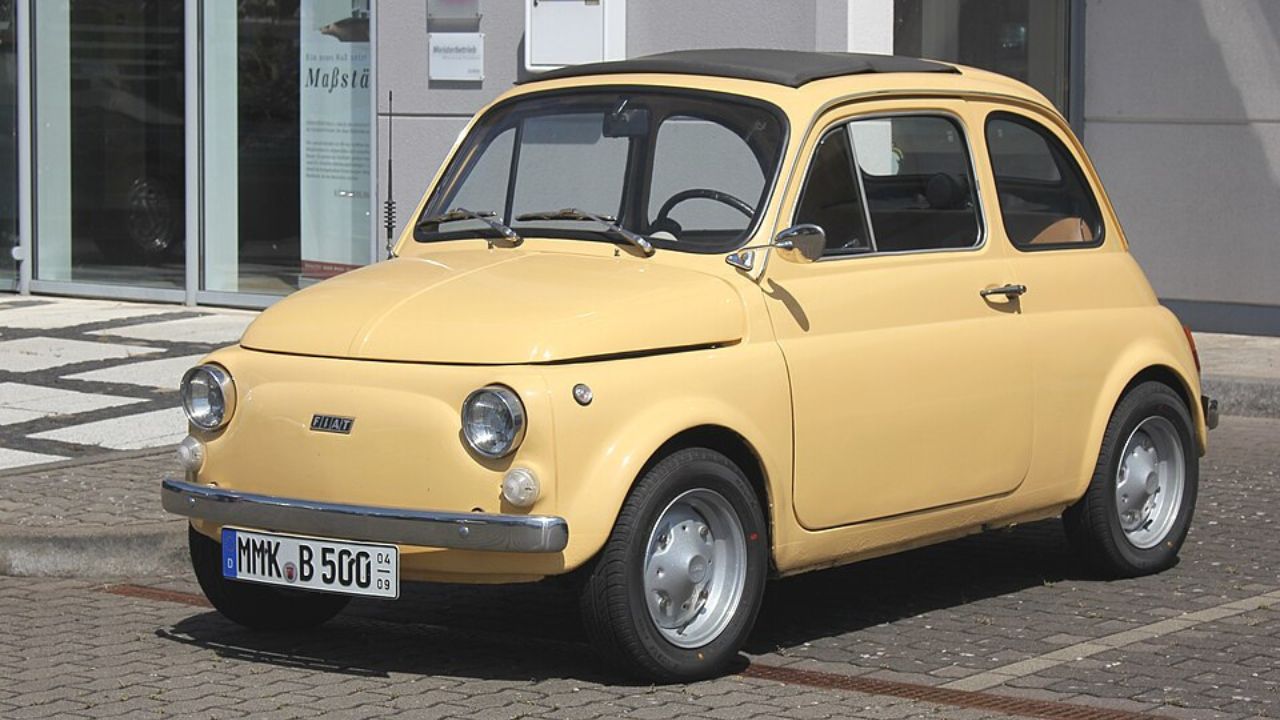
Government policies and incentives were crucial in encouraging the production and purchase of bubble cars. Many European governments offered tax breaks and financial incentives to promote the use of small, economical vehicles. For instance, the Italian government provided tax exemptions for vehicles with engines smaller than 350cc, which boosted the popularity of models like the Fiat 500.
Licensing regulations were also simplified to make it easier for individuals to own and operate bubble cars. Some countries introduced special licenses for small vehicles, reducing the barriers to ownership and making these cars more accessible to the general public. This approach not only increased the number of potential buyers but also stimulated the automotive market.
Support for local industries was another factor that contributed to the success of bubble cars. National governments often promoted locally manufactured vehicles as a means of boosting economic recovery and creating jobs. This support helped domestic manufacturers like Germany’s BMW and Italy’s Piaggio thrive in the postwar climate, allowing them to capture a significant share of the market.
International Influence and Competition
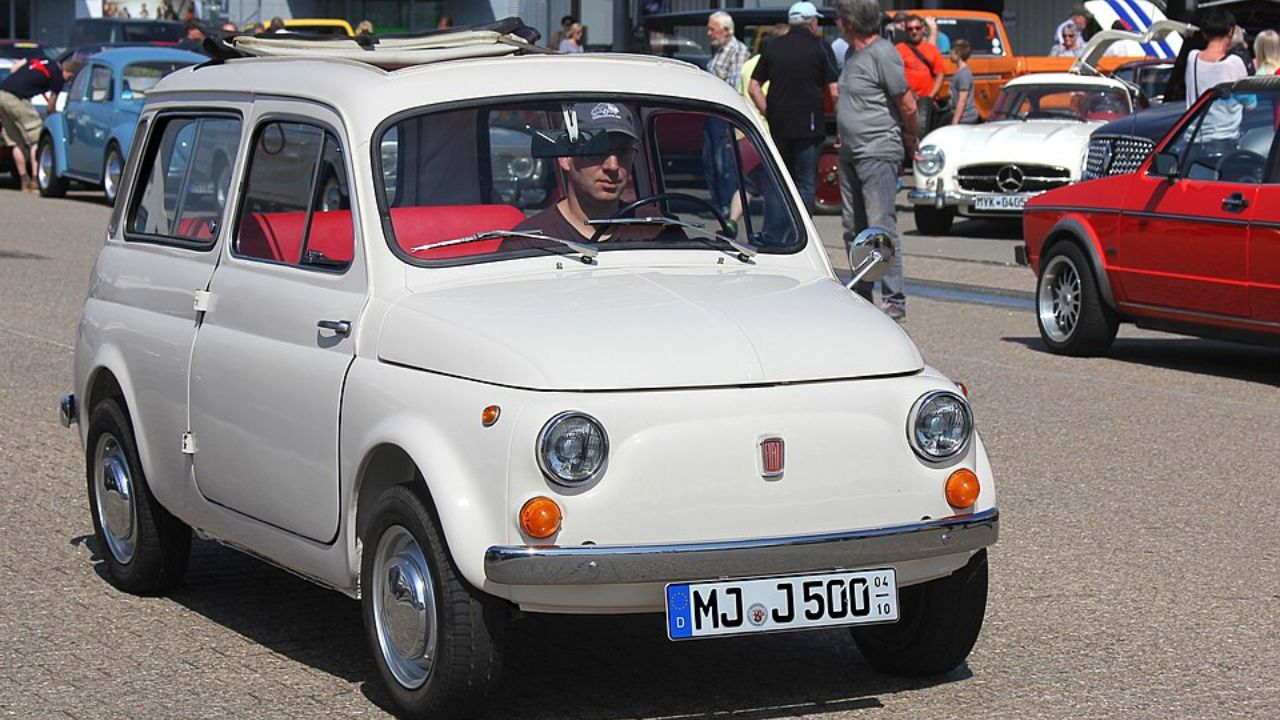
The influence of foreign designs played a role in shaping the bubble car market in Europe. European manufacturers were inspired by popular designs from other countries, particularly the United States and Italy. The Fiat 500, for example, was heavily influenced by American car design and became a symbol of Italian ingenuity and style.
Export markets also contributed to the growth of the bubble car industry. The affordability and simplicity of these vehicles made them attractive for export, helping European manufacturers gain a foothold in international markets. Companies like BMW and Messerschmitt capitalized on this opportunity, exporting their vehicles to countries around the world and expanding their reach beyond Europe.
Competition and collaboration among manufacturers encouraged innovation in the bubble car sector. The competitive landscape pushed companies to develop new technologies and design ideas, leading to advancements in vehicle design and performance. Collaborations between manufacturers across borders also facilitated the sharing of technologies and expertise, further driving progress in the industry.
Like Fast Lane Only’s content? Be sure to follow us.
Here’s more from us:
*Created with AI assistance and editor review.

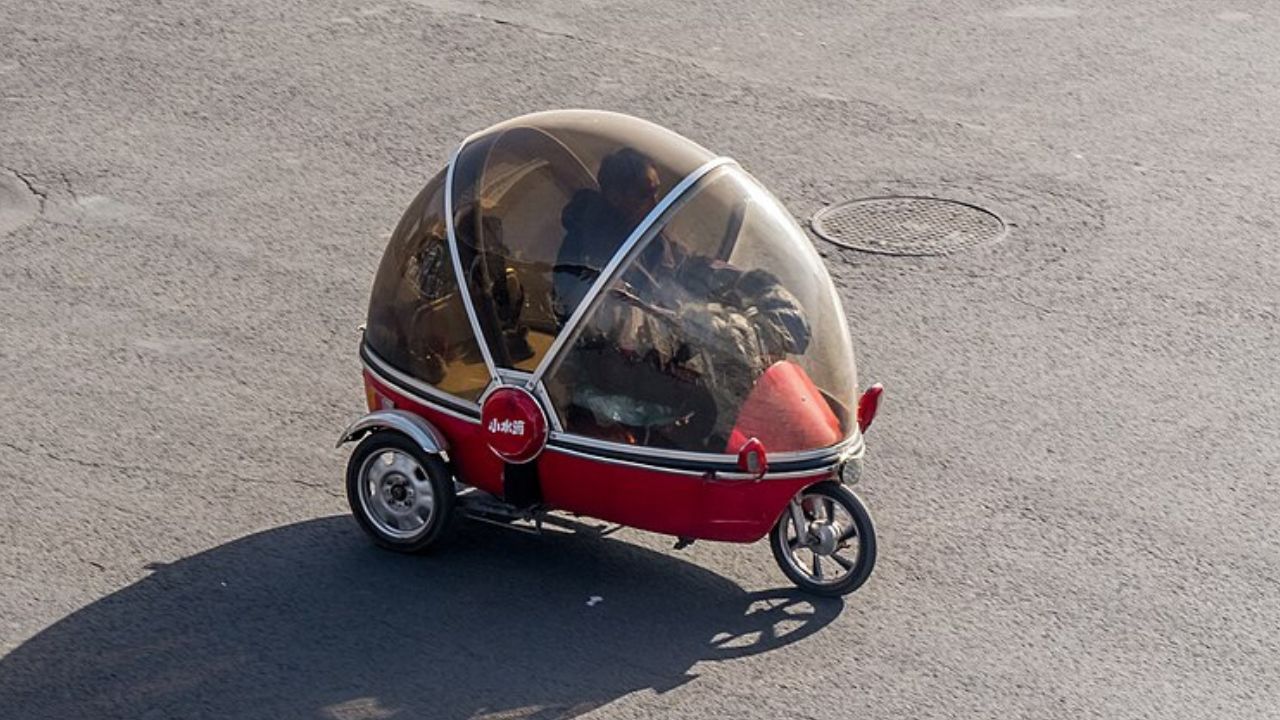
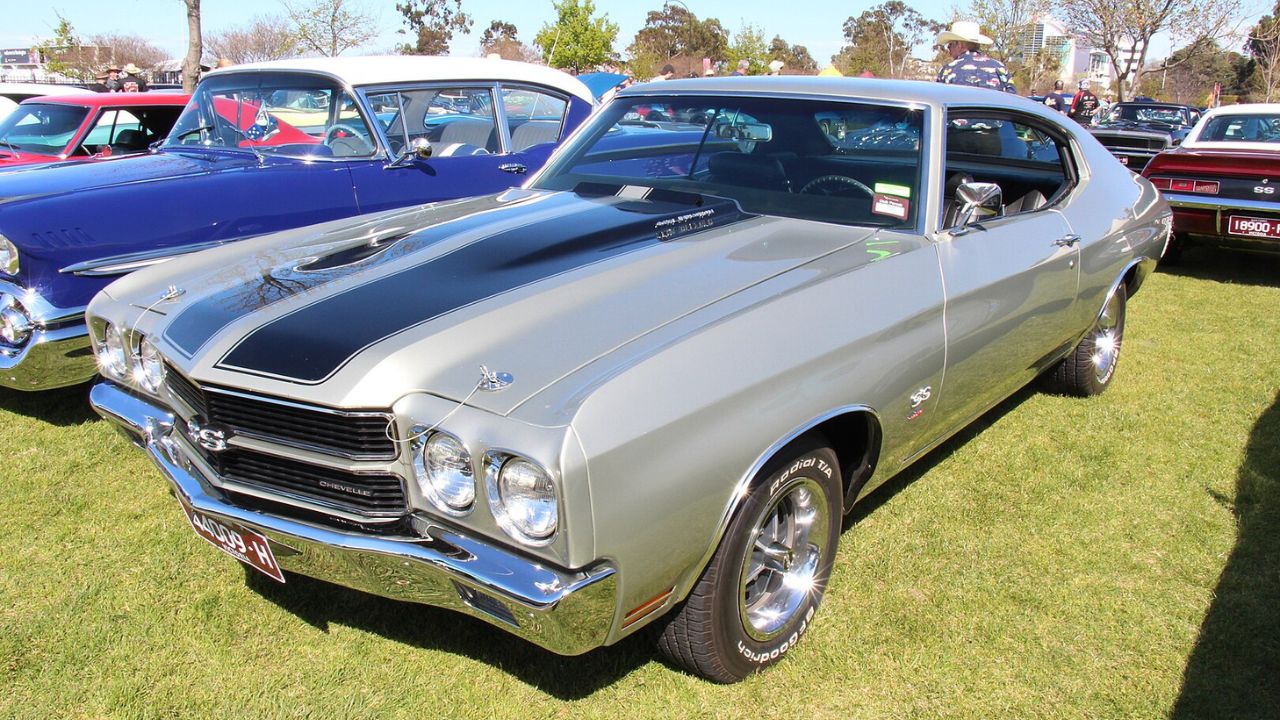
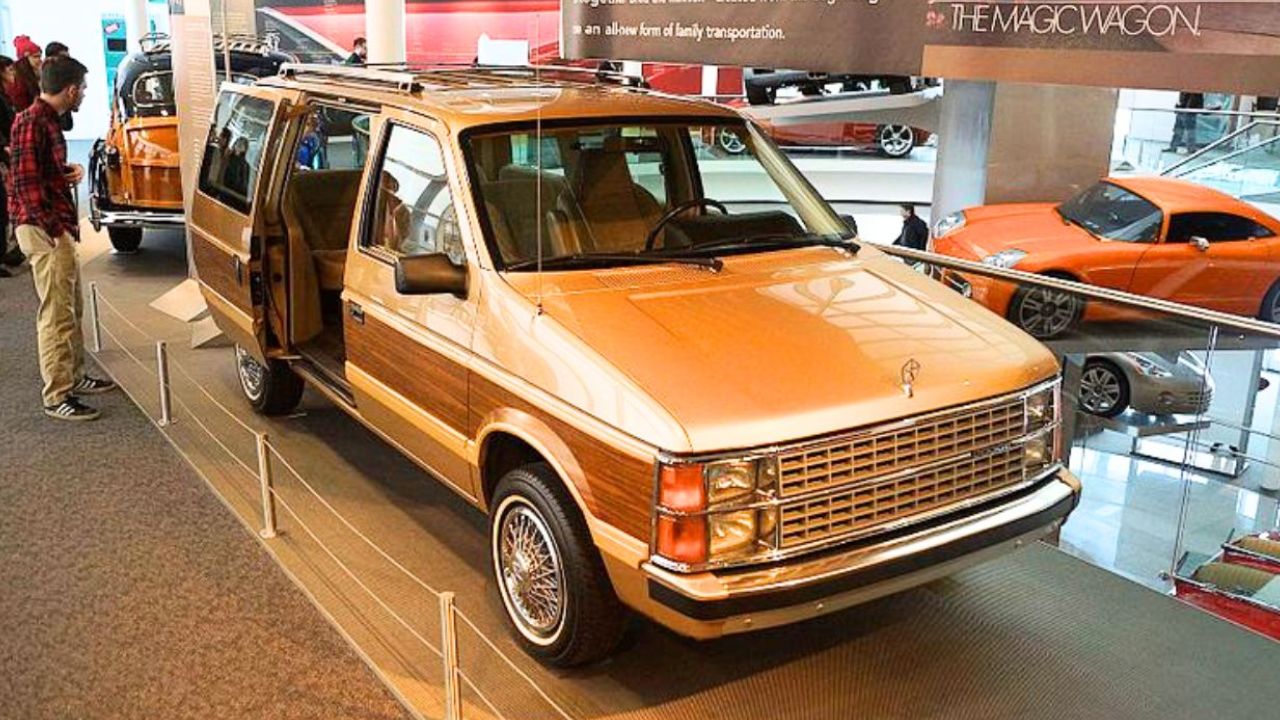
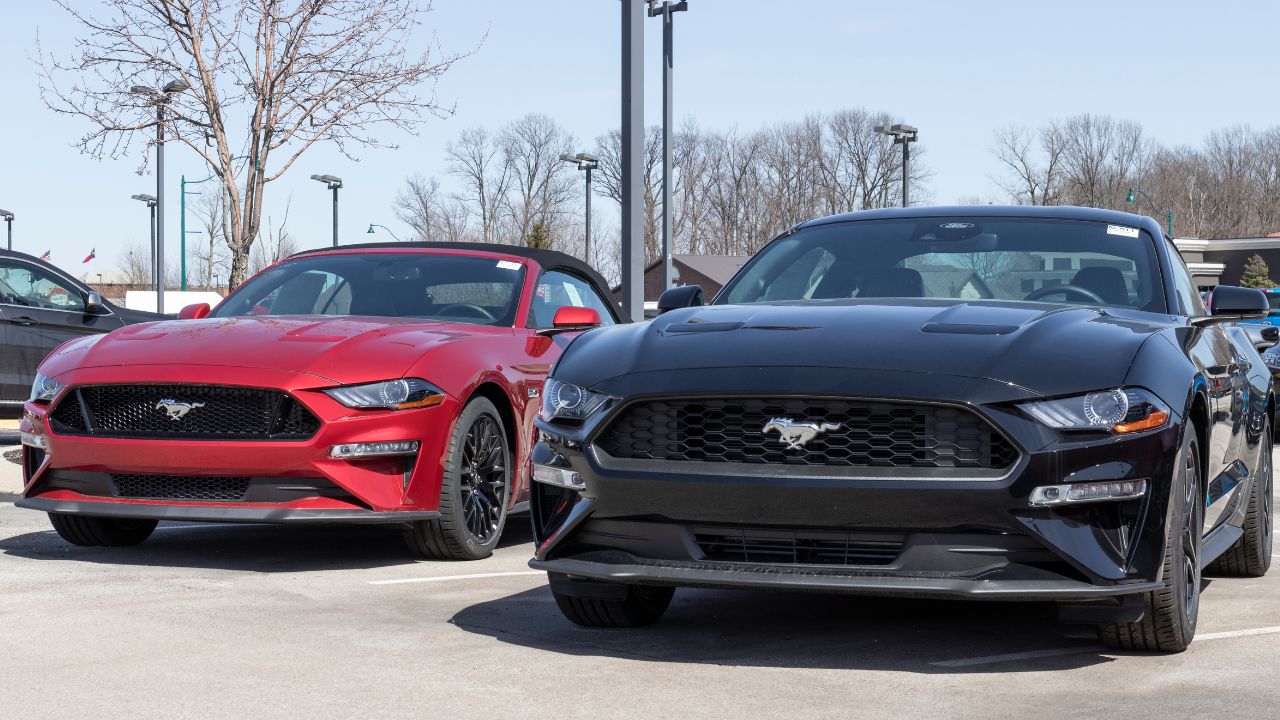

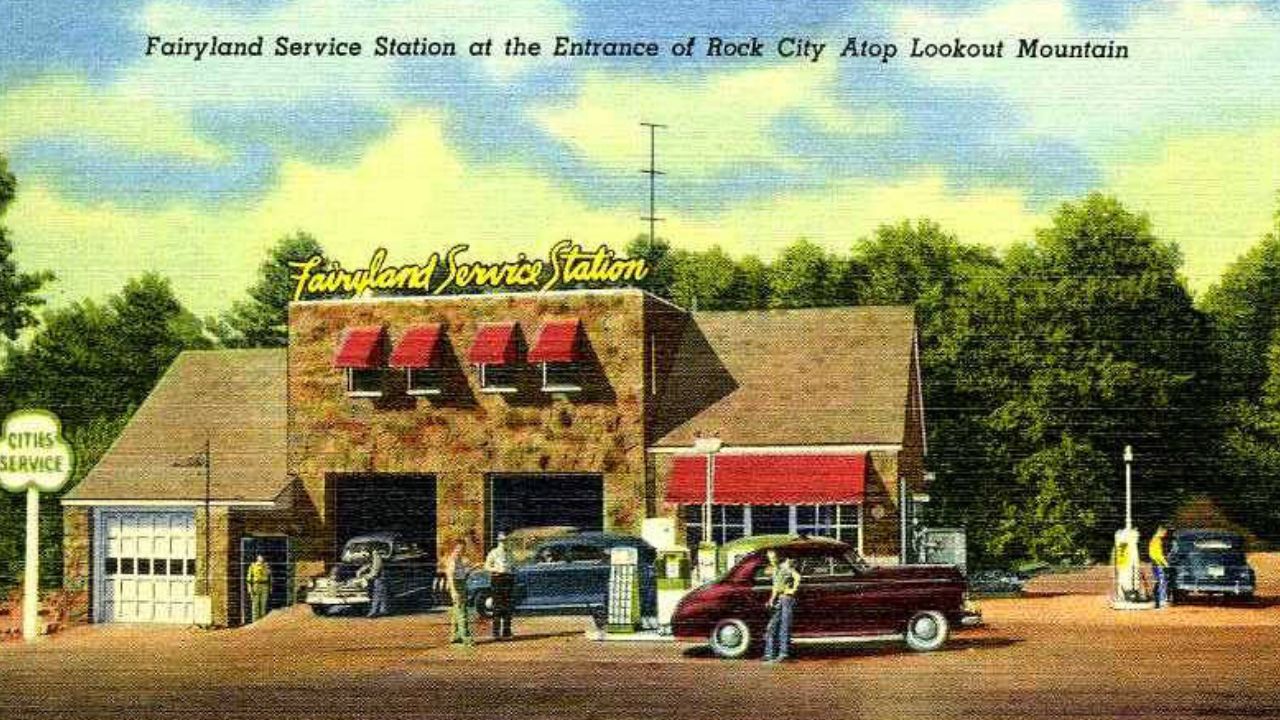
Leave a Reply